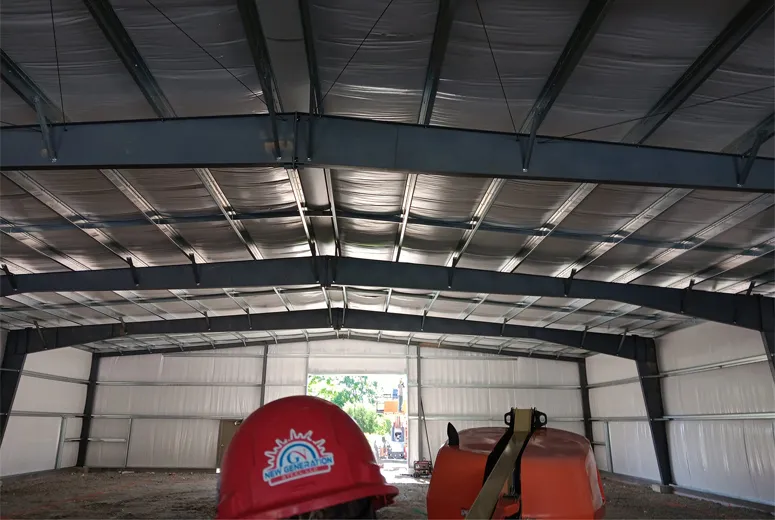- Afrikaans
- Albanian
- Amharic
- Arabic
- Armenian
- Azerbaijani
- Basque
- Belarusian
- Bengali
- Bosnian
- Bulgarian
- Catalan
- Cebuano
- Corsican
- Croatian
- Czech
- Danish
- Dutch
- English
- Esperanto
- Estonian
- Finnish
- French
- Frisian
- Galician
- Georgian
- German
- Greek
- Gujarati
- Haitian Creole
- hausa
- hawaiian
- Hebrew
- Hindi
- Miao
- Hungarian
- Icelandic
- igbo
- Indonesian
- irish
- Italian
- Japanese
- Javanese
- Kannada
- kazakh
- Khmer
- Rwandese
- Korean
- Kurdish
- Kyrgyz
- Lao
- Latin
- Latvian
- Lithuanian
- Luxembourgish
- Macedonian
- Malgashi
- Malay
- Malayalam
- Maltese
- Maori
- Marathi
- Mongolian
- Myanmar
- Nepali
- Norwegian
- Norwegian
- Occitan
- Pashto
- Persian
- Polish
- Portuguese
- Punjabi
- Romanian
- Russian
- Samoan
- Scottish Gaelic
- Serbian
- Sesotho
- Shona
- Sindhi
- Sinhala
- Slovak
- Slovenian
- Somali
- Spanish
- Sundanese
- Swahili
- Swedish
- Tagalog
- Tajik
- Tamil
- Tatar
- Telugu
- Thai
- Turkish
- Turkmen
- Ukrainian
- Urdu
- Uighur
- Uzbek
- Vietnamese
- Welsh
- Bantu
- Yiddish
- Yoruba
- Zulu
Nov . 09, 2024 18:17 Back to list
Light Gauge Steel Frame Structures A Modern Approach to Construction
In recent years, the construction industry has seen significant advancements, particularly in the use of materials and techniques that enhance efficiency and sustainability. One such innovation is the light gauge steel frame structure, which has rapidly gained popularity due to its numerous advantages over traditional building methods. This article explores the characteristics, benefits, and applications of light gauge steel frame structures.
Understanding Light Gauge Steel Frame Structures
Light gauge steel (LGS) refers to steel sections that are thin-walled, typically less than 3 mm in thickness, and manufactured to meet specific design requirements. These steel sections are used to create a framework for buildings, which can be clad with a variety of materials, including drywall, brick, or insulation, depending on the aesthetic and functional requirements of the structure.
The construction process involves prefabricating steel components in a factory setting, which are then transported to the construction site for assembly. This method reduces on-site labor time, streamlines the construction process, and minimizes waste—a significant environmental benefit.
Advantages of Light Gauge Steel Frame Structures
1. Strength and Durability Despite being lightweight, light gauge steel is incredibly strong and capable of withstanding substantial loads. Its resistance to warping, splitting, and insect infestations makes it a durable option for various climates and conditions.
2. Design Flexibility The versatility of LGS allows architects and engineers to explore innovative designs. The materials can be easily manipulated to create complex shapes and layouts that may be challenging to achieve with traditional materials such as wood or concrete.
3. Speed of Construction The prefabrication of LGS components results in faster assembly times on-site. This accelerated construction process not only reduces labor costs but also allows for quicker occupancy, which can be crucial in meeting market demands.
light gauge steel frame structure

4. Sustainability Steel is a highly recyclable material, and many steel products on the market contain recycled content. The ability to recycle steel at the end of its life cycle contributes to sustainable building practices. Moreover, the precision of prefabrication leads to less material waste compared to on-site construction methods.
5. Fire Resistance Light gauge steel is non-combustible, providing a significant advantage in terms of fire safety. Steel structures can be designed to meet stringent fire codes, offering better protection against fire hazards.
6. Cost-Effectiveness While the initial expense for steel may be higher than that of traditional materials like wood, the long-term savings associated with durability, low maintenance, and energy efficiency can offset these initial costs. Additionally, the reduced construction time translates to lower overall project costs.
Applications of Light Gauge Steel Frame Structures
Light gauge steel frame structures are incredibly versatile, finding applications in various building types. They are commonly used in residential buildings, commercial projects, and industrial facilities. Multi-story commercial buildings benefit from the strength and lightweight properties of LGS, allowing for extensive floor space and height without compromising structural integrity.
In residential construction, LGS offers homeowners design flexibility, energy efficiency, and the ability to scale up as needed. With increasing interest in sustainable construction practices, many builders are turning to light gauge steel as a preferred material for crafting environmentally friendly homes.
Conclusion
The adoption of light gauge steel frame structures represents a significant shift in modern construction techniques. With their myriad advantages—from strength and speed to sustainability—these structures provide a compelling alternative to traditional building methods. As the world increasingly prioritizes environmentally responsible practices and innovative design, light gauge steel is poised to play a crucial role in the future of construction. By integrating modern technology with traditional ideals, the construction industry can meet contemporary demands while paving the way for a sustainable future.
-
How Do Prefabricated Steel Structures Transform Modern Construction?
NewsJul.14,2025
-
How Do Prefabricated Metal Buildings Redefine Modern Construction?
NewsJul.14,2025
-
How Do Prefab Insulated Metal Buildings and Steel Structures Revolutionize Modern Construction?
NewsJul.14,2025
-
How Do Pre - Engineered Steel Structures Redefine Modern Construction?
NewsJul.14,2025
-
Advancing Modular Construction with Prefabricated Metal Structures
NewsJul.14,2025
-
Advancing Industrial Infrastructure with Prefabricated Steel Solutions
NewsJul.14,2025
Products categories
Our Latest News
We have a professional design team and an excellent production and construction team.












